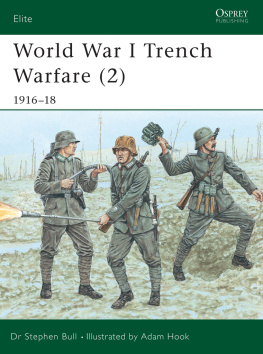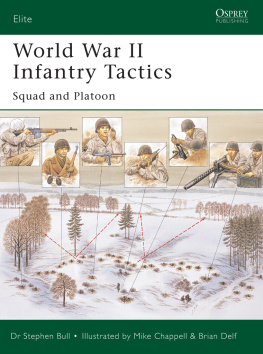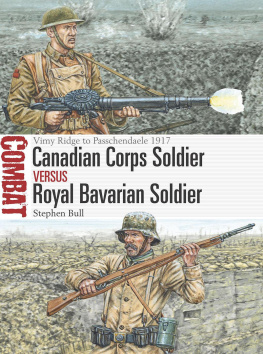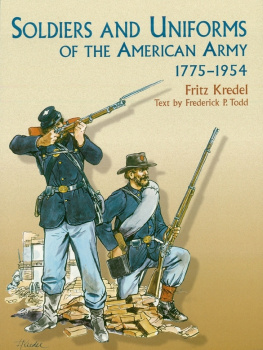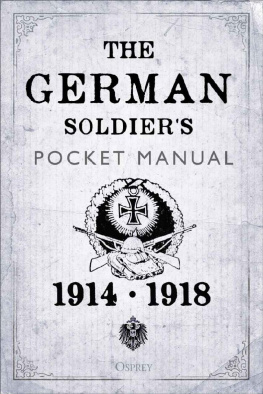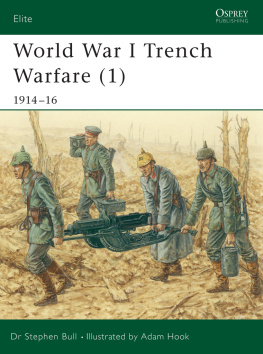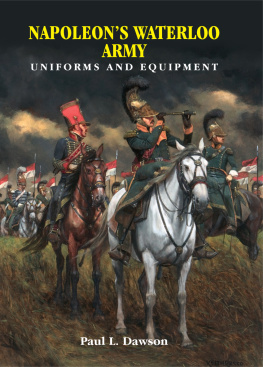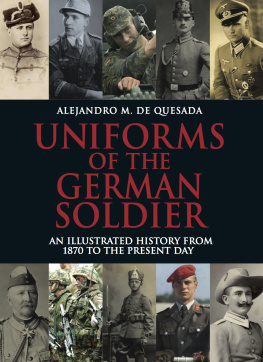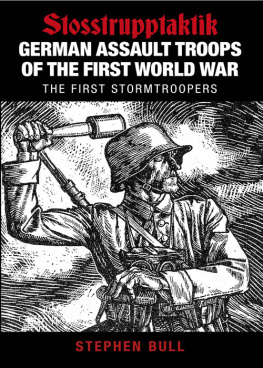
OSPREY PUBLISHING
Bloomsbury Publishing Plc
Kemp House, Chawley Park, Cumnor Hill, Oxford OX2 9PH, UK
29 Earlsfort Terrace, Dublin 2, Ireland
1385 Broadway, 5th Floor, New York, NY 10018, USA
E-mail:
www.ospreypublishing.com
This electronic edition published in 2020 by Bloomsbury Publishing Plc
OSPREY is a trademark of Osprey Publishing Ltd
First published in Great Britain in 2021
Stephen Bull, 2021
Stephen Bull has asserted his right under the Copyright, Designs and Patents Act, 1988, to be identified as Author of this work.
All rights reserved
You may not copy, distribute, transmit, reproduce or otherwise make available this publication (or any part of it) in any form, or by any means (including without limitation electronic, digital, optical, mechanical, photocopying, printing, recording or otherwise), without the prior written permission of the publisher. Any person who does any unauthorised act in relation to this publication may be liable to criminal prosecution and civil claims for damages.
A catalogue record for this book is available from the British Library.
ISBN: 978-1-4728-3806-3 (HB)
ISBN: 978-1-4728-3805-6 (eBook)
ISBN: 978-1-4728-3804-9 (ePDF)
ISBN: 978-1-4728-3803-2 (XML)
Front cover: An NCOs Feldbluse(see ). This image Stephen Bull.
Osprey Publishing supports the Woodland Trust, the UKs leading woodland conservation charity.
To find out more about our authors and books visit www.ospreypublishing.com . Here you will find our full range of publications, as well as exclusive online content, details of forthcoming events and the option to sign up for our newsletters. You can also sign up for Osprey membership, which entitles you to a discount on purchases made through the Osprey site and access to our extensive online image archive.
ACKNOWLEDGEMENTS
Many institutions and individuals have helped to make this book possible. Particular thanks are due to the Imperial War Museum, London; the Bundesarchiv Koblenz; the Muse Royal de lArme et dHistoire Militaire, Brussels; the Deutsches Historisches Museum, Berlin; the Sotamuseo, Helsinki; the Muzeum II Wojny wiatowej, Gdask; and the Armmuseum, Stockholm. I should also like to thank Europeana, the European Union digital library and platform for cultural heritage. Personal thanks go to Mike Seed, Andrew Taylor, Lisa Thomas and Martin Markelius.
AUTHORS NOTE
In describing German Army uniforms, weapons and equipment of World War II, German, British and American words and phrases in use prior to the end of the war in May 1945 have been preferred. Terms applied retrospectively have been avoided wherever possible. The Select Bibliography at the end of this volume is divided into primary sources and postwar works. Evidence derived from German documents or photographs dating from before May 1945 is given precedence. Illustrations and photographs are drawn from the authors collection unless otherwise specified.
IMAGES
All images are Stephen Bull unless otherwise acknowledged.
CONTENTS

The development of military uniform, 16701941, is depicted in this illustration from Signal, the international magazine arm of Wehrmacht (armed forces) propaganda. Smartness, historical continuity and the complementary influences of civil and military fashion are shown to culminate in the German uniform of World War II.
INTRODUCTION
It is a remarkable fact that although the Third Reich was defeated as long ago as May 1945, its uniforms, weapons and equipment retain much fascination and emotive power. The subject of this book, the Heer (Army), was just one though arguably the most important of the German armed forces, collectively referred to, together with the Kriegsmarine (Navy) and Luftwaffe (Air Force), as the Wehrmacht (armed forces). Despite its exponential growth in the late 1930s, the Heer did not suddenly spring into existence after the Nationalsozialistiche Deutsche Arbeiterpartie (NSDAP: National Socialist German Workers Party, commonly referred to as the Nazi Party) took power in 1933. As an arm of the German nation it drew on the traditions of the forces of the old German states, especially Prussia, the Imperial German Army (disbanded after World War I), and the Reichsheer (National Army) of the Weimar Republic (191833). Given the potential breadth of the subject, this book will focus on the individual: the uniform, weapons, equipment and other small items worn or carried by the German soldier.



